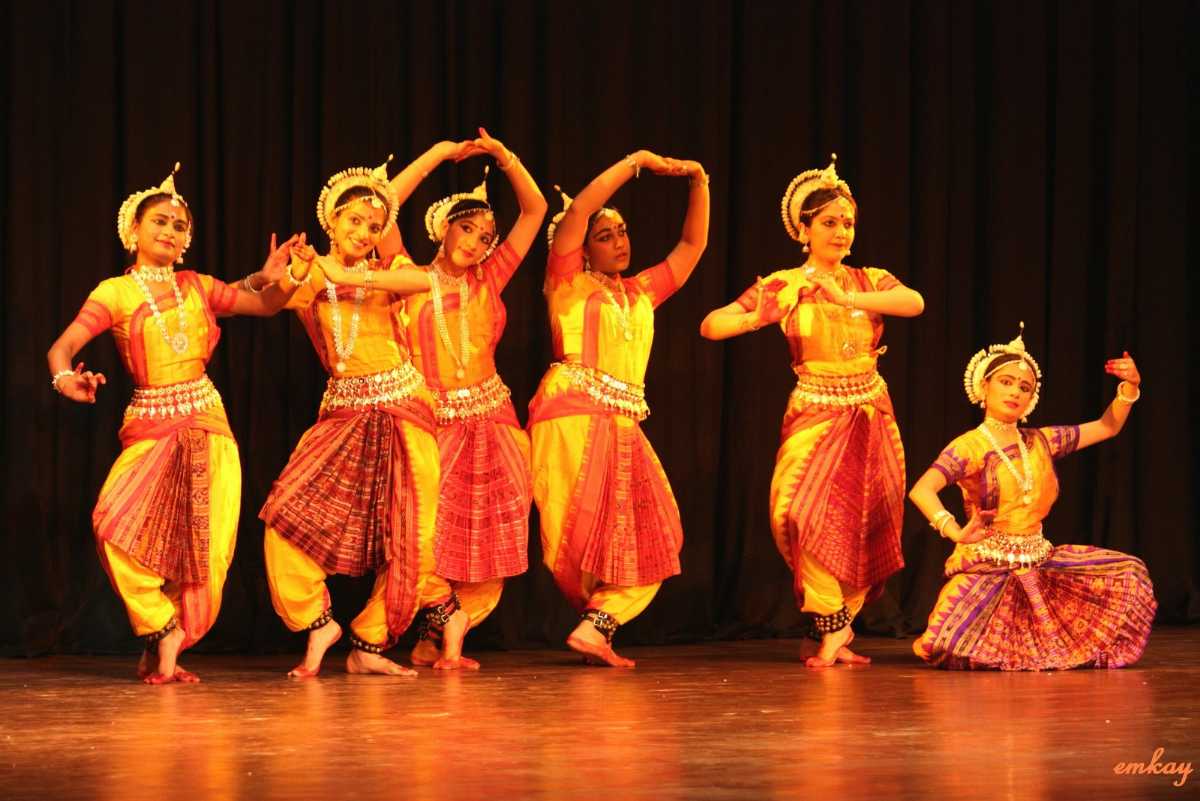
Khajuraho Dance Festival
About Khajuraho Dance Festival
Far From City: 2 kms from city center
Cost:
About Khajuraho Dance Festival
Weather:
Time Required:1 week
Open Time:25th February 2018 - 3rd March 2018,7:00 PM onwards
Cost:No entry fee
Venue:Khajuraho Group of Monuments (Vishwanath and Chitragupta temples)
History of Khajuraho Dance Festival
Khajuraho is a UNESCO World Heritage Site, which makes it a well-known destination for tourists from India and abroad. It owes most of its magnetic aura to the exquisitely carved Khajuraho temples that date back to the 12th century. Built during the rule of Rajput Chandela Dynasty, the abode is said to be a sacred centre for the practice of arts and culture. This spirit is complemented by the meticulously carved sculptures on the walls of the temples that depict scenarios of everyday life in that era, folk stories, dance postures as well as erotic symbolism among many others, recognising the authentic culture of India.
Among other art forms, dance holds a special place in Indian mythology. Lord Shiva's cosmic dance, Tandava, and Krishna's Ras Leela are two of the most well-known dance spectacles that are believed to be performed by the Gods in heaven. To keep this tradition afloat, the Khajuraho Dance festival was launched in 2002 as a commemoration of Indian arts and culture.
Celebration of Different Dance Forms
The ancient civilisation of India is rooted in myriad dance forms, ranging from the foot tapping and sword fighting of Kathakali performances to the dramas of Kuchipudi and Manipuri. A short description of the distinct dances performed at Khajuraho Dance Festival would be as follows:
Mohiniattam: Originating in the southern state of Kerala, this classical Indian dance form is based on the Lasya style defined in Natya Shastra - a graceful, feminine, and solo dance performance acted out by the artist to the beat of the Carnatic music. It derives its name from the 'Mohini', a female avatar of Lord Vishnu who upholds the virtues of good over evil in the world.
Bharatanatyam: Possibly one of the oldest Indian classical dance styles, Bharatanatyam is performed solo, usually by a woman and is distinguishable by the signature bent leg position assumed during most of its steps. Developed in the state of Tamil Nadu, this style is based on quick footwork and elaborate hand, eye and facial gestures, coming together to narrate a story from Hindu religious texts.
Manipuri: This dance is named after its place of origin i.e. the state of Manipur in northeastern India. Also known as Jagoi, the style is particularly known for portraying the theme of 'Ras Leela', dance dramas based on the love between Lord Krishna and Radha.
Odissi:The Odissi dance form was founded in the Hindu temples of Odisha, a state in eastern India. It is traditionally a dance-drama where the artist plays out an ancient Hindu text or religious poem in a mythical setting.
Kathakali:One of the most famous dance forms practised commonly in modern-day India is the Kathakali style, also known as Kathak style. With colourful make-up, head masks and embellished costumes, Kathak dance performances mostly enact Hindu folk mythologies. It also incorporates Indian martial arts movements in its steps.
Kuchipudi: This dance form is named after the village Kuchipudi where it originated in the South Indian state of Andhra Pradesh. Like all other major dance forms mentioned above, it is rooted in the treatise of Natya Shastra and is most closely associated with religious art.
About Khajuraho Dance Festival
In keeping with the opulent history of the Khajuraho temples, the dance festival was established at this location in honour of the artisans who breathed life into the place of worship through the detailed carvings outside the temple that have stood the test of time. The drama unfolds on an open-air auditorium, situated near the Vishwanath Temple (dedicated to Lord Shiva) and the Chitragupta temple (dedicated to Surya, the Sun God).
The Natya Shastra, an ancient Sanskrit treatise on the performing arts, states that festivals are a celebration of culture that must include the interplay of dance, music, drama, literature and crafts. The festival works to provide this holistic experience by organising art exhibitions, panel discussions and interactive sessions apart from the main dance performances.
It also provides a window of opportunity for the display of local arts and crafts. After visiting the Khajuraho temples during the day and comprehending the context of its various carvings and sculptures, it seems as if the very characters set in stone come alive in the evening through the dance performances of the artists.
How to Reach Khajuraho Dance Festival
Khajuraho Temples are a major tourist attraction, which makes it well-connected with neighbouring cities through air, rail and road. It is possible to arrive by air at the Khajuraho domestic airport from Delhi, Agra, Varanasi as well as Kathmandu. From the airport, the Khajuraho temples are about 12 km. As for rail, Jhansi is the most convenient railway station for travellers arriving from major cities such as Delhi, Mumbai or Chennai. One can also choose to arrive by bus from nearby cities of Jhansi, Gwalior, Jabalpur, Indore, Agra or Allahabad. The attraction is situated a mere 10 km from the East-West National Highway 75.
Top Tourist Places in Khajuraho
Light and sound show
Lakshman Temple
Devi jagdamba Temple
Vishwanath Temple
Dulhadev Temple
Parsvanath temple
All Tourist Places in Khajuraho
Tips
It would be advisable to hire a guide for understanding the history and symbolism of the carvings on Khajuraho temples.
Photos of Khajuraho Dance Festival
Comments on Khajuraho Dance Festival
Post Your Comment









